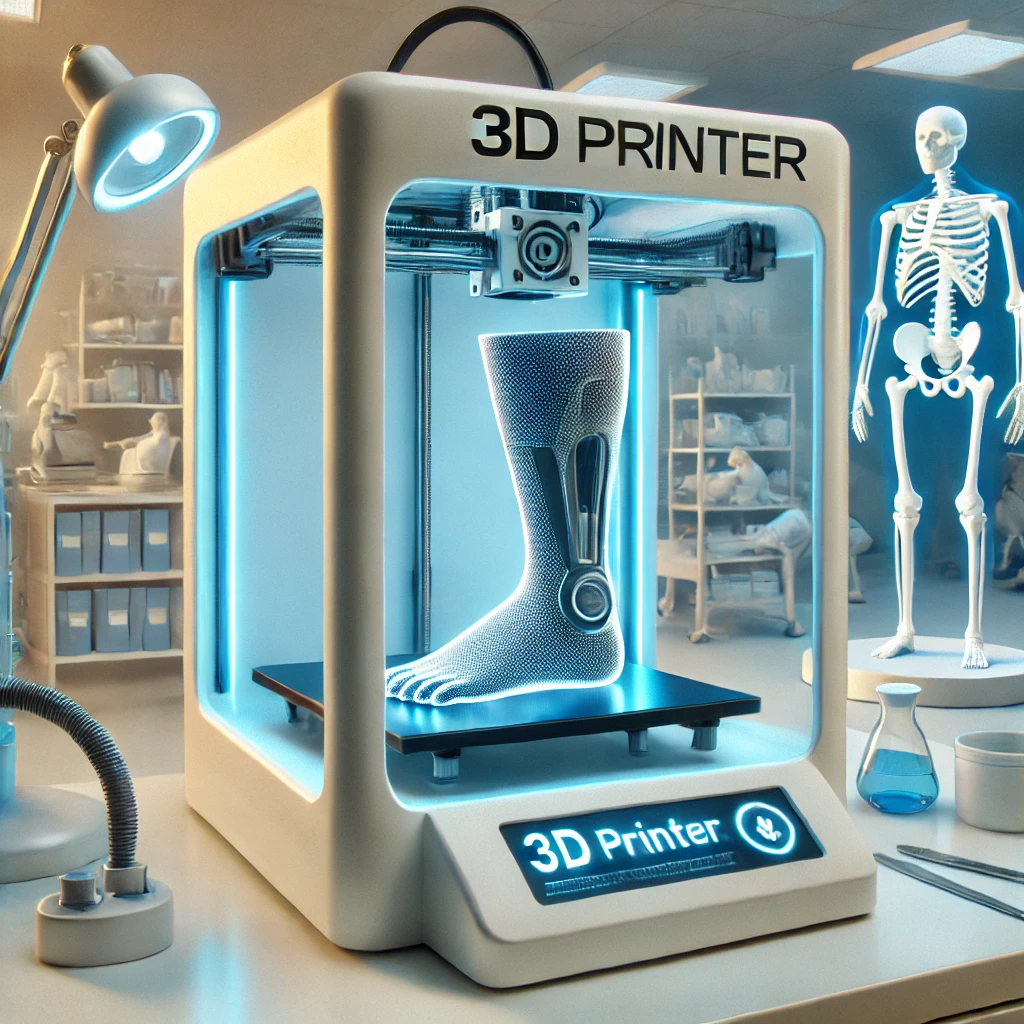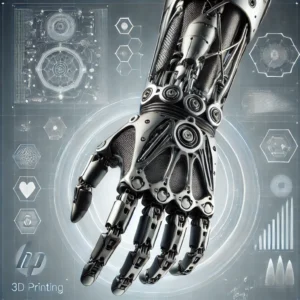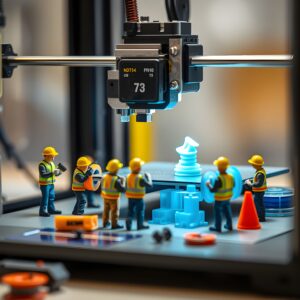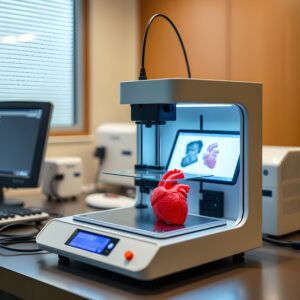HP 3D Printing for Custom Prosthetics and Orthopedic Devices

How HP 3D Printing Transforms Custom Prosthetics and Orthopedic Devices
As medical technology continues to evolve, HP 3D printing has emerged as a game-changer for creating custom prosthetics and orthopedic devices. This innovative technology offers unparalleled precision and customization, significantly improving patient care and medical outcomes. From custom prosthetics that perfectly fit the wearer to orthopedic devices that support recovery, HP’s advanced 3D printing solutions are revolutionizing the healthcare industry.
Why Custom Prosthetics and Orthopedic Devices Matter
The need for tailored medical solutions has grown as healthcare focuses more on personalized treatments. Off-the-shelf devices often lack the precision and comfort required for optimal patient recovery. Custom prosthetics ensure that patients can move naturally and with minimal discomfort, while orthopedic devices designed for individual anatomy provide better support during rehabilitation.
HP 3D printing enables the production of these personalized devices with incredible accuracy and speed. The result is a significant improvement in the patient’s quality of life, offering comfort and functionality that traditional methods can’t match.
The Role of HP 3D Printing in Healthcare
HP’s 3D printing technology is designed to meet the stringent demands of the healthcare industry. It uses multi-jet fusion technology to create durable, lightweight materials that are perfect for prosthetics and orthopedic supports. The precise nature of this technology allows for the customization of every aspect of a device, from its shape to its rigidity, ensuring that it fits the patient perfectly.
Transitioning from traditional manufacturing methods to 3D printing has reduced costs while speeding up production times. For patients, this means faster access to customized medical devices and less waiting time for essential care.
Benefits of HP 3D Printing for Prosthetics and Orthopedic Devices
- Personalization: HP’s 3D printing technology allows for completely custom designs tailored to each patient’s specific needs, ensuring comfort and effectiveness.
- Cost-effectiveness: 3D printing reduces manufacturing waste and material costs, making prosthetics and orthopedic devices more affordable.
- Faster production: HP’s technology significantly speeds up the production process, allowing for quicker delivery of critical medical devices.
- Durability and functionality: HP’s multi-jet fusion creates durable, lightweight devices that offer enhanced functionality compared to traditional options.
Case Studies: Success Stories in Custom Prosthetics
Several healthcare institutions have partnered with HP to create custom prosthetics and orthopedic devices using 3D printing. For instance, a young athlete was able to receive a 3D-printed prosthetic limb that mimicked the movement of a natural limb, enabling them to return to competitive sports. In another case, an elderly patient received a custom-fitted orthopedic brace that allowed for better mobility and faster recovery after surgery.
These stories highlight how HP 3D printing is not just a technological advancement but a life-changing innovation for patients worldwide.
Future Prospects: The Role of AI and Data in Custom Healthcare Devices
As HP 3D printing continues to advance, there’s a growing integration of AI and data-driven designs in custom prosthetics. AI algorithms can analyze a patient’s movement patterns, weight distribution, and even lifestyle habits to create even more personalized devices. This blend of technology promises to push the boundaries of what is possible in medical 3D printing, making healthcare more adaptive and efficient.
HP 3D Printing for a Better Future in Healthcare
HP’s 3D printing solutions are leading the way in custom prosthetics and orthopedic devices, offering patients personalized, durable, and cost-effective solutions. As the technology evolves, it promises to further enhance medical outcomes, reduce production times, and make customized healthcare accessible to more patients.




